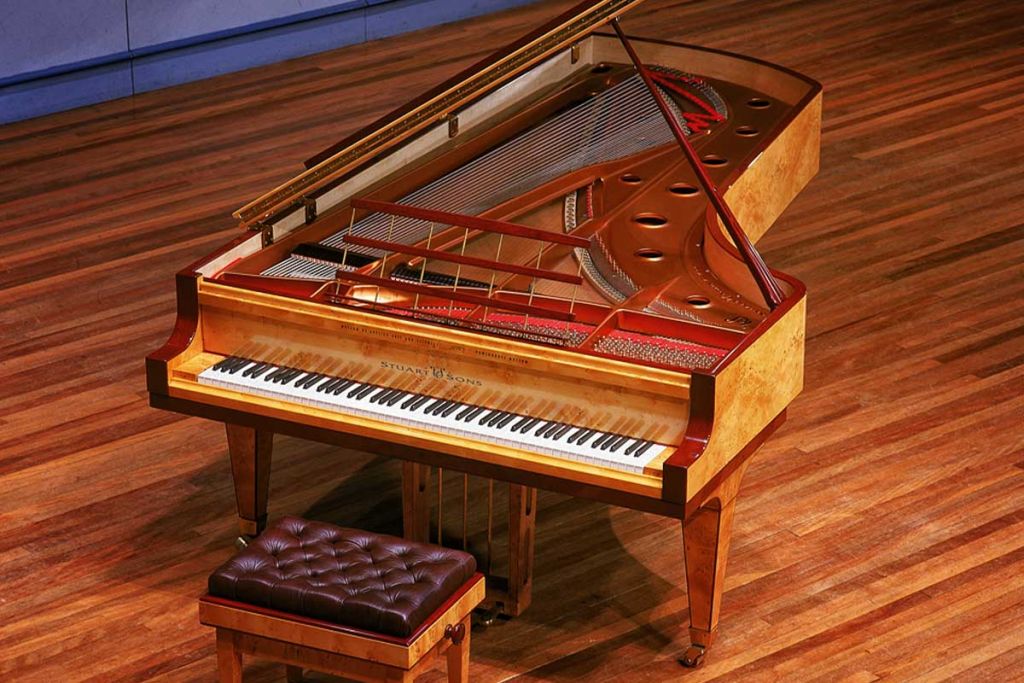“The pianoforte,” wrote a typically astute George Bernard Shaw in 1894, “is the most important of all musical instruments: its invention was to music what the invention of printing was to poetry.” As perceptive as Shaw’s comment is, it suggests that the piano burst onto the artistic landscape with immediate impact, astounding musicians and audiences alike. In reality, the instrument experienced a gradual gestation: from the doldrums of the Middle Ages, it advanced rapidly through the Classical period, then flourished under the heightened expectations of the Romantics. With the exception of the tiny deviations into the digital sphere over the last 50 years, the piano has scarcely altered since it reached a climax – technologically speaking – at the beginning of 20th century.











How apt. Watching the “live” 2016 SYDNEY international piano Competition while reading your exceptionally well researched history of piano development. What a brilliant combo. I’ve learned so much more during iso. Thanks ?